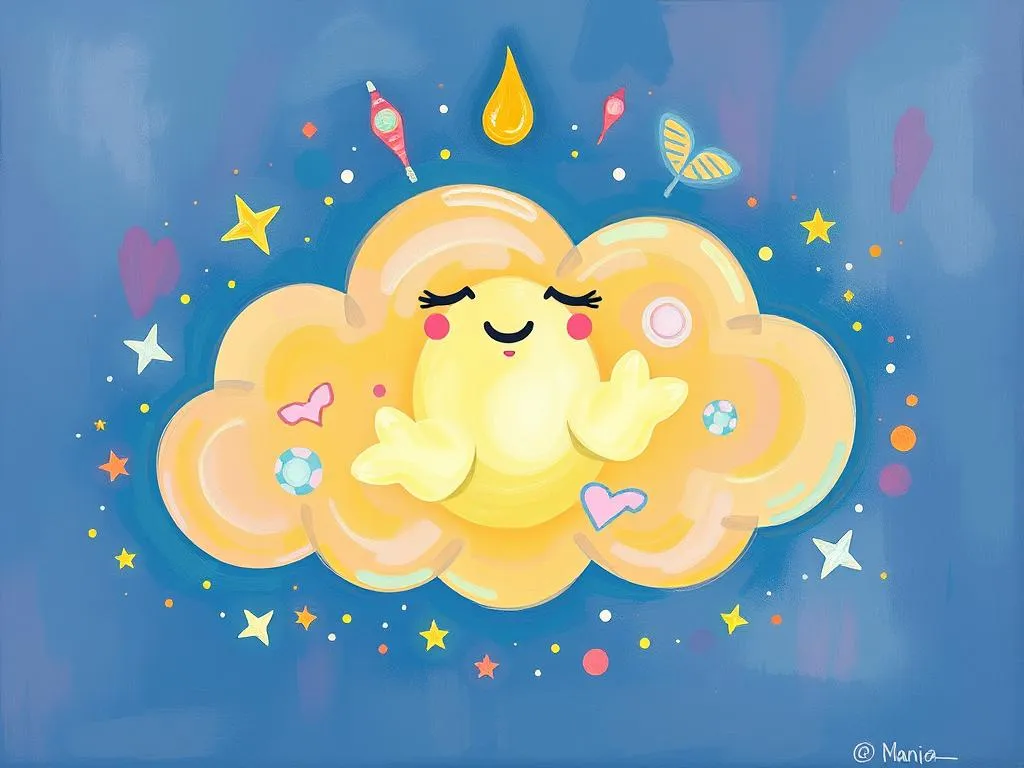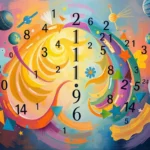
Dreams can be enigmatic, strange, and often leave us puzzled upon waking. Have you ever found yourself waking up from a dream that felt all too real, only to wonder what it all meant? You’re not alone. Many of us experience dreams that seem to invite us into a world of mystery and meaning. As if someone is trying to speak to us through symbols, each night brings a fresh narrative woven from our thoughts, fears, and desires.
In this article, we’ll explore the fascinating world of dream symbolism, helping you decode the messages your subconscious is trying to share. Whether you’re experiencing recurring dreams or rare glimpses into your psyche, understanding these symbols can offer profound insights into your waking life. So, let’s embark on this journey together and unveil the secrets hidden within your dreams.
The Language of the Dream: Decoding Symbols
Dreams often communicate through symbols, serving as the building blocks of our nighttime narratives. While some symbols may be universally recognized, others are deeply personal, shaped by our unique experiences and cultural contexts. Here, we’ll explore some common dream symbols and their interpretations, drawing from diverse cultural perspectives and psychological insights.
-
Flying: This exhilarating symbol often represents a desire for freedom and escape. In many cultures, flying is associated with a sense of transcendence. Psychologically, it can signify a release from constraints or an elevation above problems. If you dream of soaring through the sky, you might be yearning to break free from life’s limitations.
-
Water: Water is a powerful symbol in dreams, often embodying emotions and the subconscious. Calm waters might reflect tranquility, while turbulent seas could suggest emotional turmoil. Various cultures view water differently; for instance, in Japanese culture, flowing water symbolizes the flow of life. Pay attention to the condition of the water in your dreams to gain insights into your emotional state.
-
Houses: Houses in dreams often represent the self, with different rooms symbolizing various aspects of your personality. A well-kept home might indicate a sense of security, while a dilapidated one could reflect feelings of neglect or anxiety. In many cultures, the house serves as a metaphor for the mind, showcasing the complexities within.
-
Snakes: Historically, snakes have represented transformation and healing, but they can also evoke fear. In some Native American traditions, they symbolize life force and rebirth. If you encounter a snake in your dream, it might suggest that you’re undergoing a significant transformation or confronting repressed fears.
-
Teeth Falling Out: This widely reported dream often signifies feelings of insecurity or anxiety about aging and loss of control. Psychologically, it can also relate to concerns about one’s appearance or communication abilities. Culturally, some believe it foreshadows a significant change or loss.
Understanding these symbols is the first step in decoding your dreams. But how do these symbols manifest in our experiences? Let’s delve into some scenarios that illustrate these concepts further.
Dreamscapes: Real-life Scenarios
Dreams often reflect our waking experiences, encapsulating our hopes, fears, and daily occurrences. Below are a few scenarios that demonstrate how dream symbols play out in real life:
-
The Dream of Flight: Imagine dreaming that you’re gliding effortlessly above a vast landscape. In waking life, you may be facing a challenging project at work that feels overwhelming. The dream of flight could indicate your deep-seated desire to rise above stress and take control of your situation. Perhaps it’s a nudge from your subconscious to trust in your capabilities.
-
The Flooded Basement: Picture a dream where water is rushing into your basement, drowning your belongings. This scenario may reflect unresolved emotions or memories that you’ve tucked away. In waking life, you might be grappling with past traumas or feelings that you’ve been avoiding. The dream serves as a reminder to confront these emotions before they overwhelm you.
-
The Crumbling House: You find yourself wandering through a house that is falling apart. Each room showcases different fragments of your life, perhaps representing your mental state. In your waking life, you might be feeling overwhelmed by responsibilities or changes. This dream could signal the need for introspection and repair within yourself, urging you to address the chaos before it spirals out of control.
-
A Snake in the Grass: You dream of a snake slithering through your garden. This symbolizes hidden fears or anxieties that you may be ignoring in your waking life. Perhaps you’re in a situation where you feel threatened or betrayed, and the snake represents your instinct to confront these hidden dangers. Your dream may be pushing you to face and address what you’ve been avoiding.
-
Teeth Crumbling: In this dream, you’re staring in the mirror and your teeth begin to crumble. This scenario often reflects anxieties about how you’re perceived by others or a fear of losing your power. In daily life, you might be experiencing stress from a recent life change, such as a new job or relationship. This dream encourages you to reassess your self-image and find confidence in your uniqueness.
These scenarios underline the powerful connections between our dreams and experiences, illustrating how our subconscious communicates our innermost thoughts and feelings. Now, let’s explore how we can leverage this understanding for personal growth.
Dreaming Toward Growth: Embracing Change
Dreams are not just random images; they are potent tools for self-discovery and personal growth. By paying attention to the symbols and themes present in your dreams, you can glean valuable insights that foster transformation. Here’s how to harness the power of your dreams:
-
Maintain a Dream Journal: Start recording your dreams upon waking. Document symbols, feelings, and any significant events from your life that may relate to the dream. Over time, you’ll begin to notice patterns and recurring themes that can reveal deeper insights into your psyche.
-
Reflect on Emotions: Dreams often amplify emotions that we may not fully acknowledge in our waking life. Take time to reflect on the feelings present in your dreams. Are there recurring emotions that surface? Understanding these emotions can guide you toward personal healing and growth.
-
Seek Connections: Draw connections between your dreams and your life. Are there situations that seem mirrored in your dreams? This practice can help you recognize areas in your life that may need your attention.
-
Embrace Change: If you notice symbols of transformation, such as snakes or crumbling houses, consider how you might be resisting change in your waking life. Embracing change can lead to personal growth and new opportunities.
-
Engage in Active Dreaming: Before sleep, set an intention for your dreams. Ask a specific question or seek insight into an area of your life that feels uncertain. This practice can create a pathway for your subconscious to guide you toward answers.
By integrating these practices into your life, you can cultivate a deeper understanding of yourself and your journey. Each dream becomes an opportunity for reflection, encouraging you to confront fears and celebrate victories.
As we conclude this exploration of dream symbolism, remember that your dreams are a unique tapestry woven from your experiences, thoughts, and emotions. They are invitations to delve deeper into your psyche and uncover the messages waiting to be heard.
Reflect on the dreams you’ve had recently, and consider what they might be revealing about your life. Trust in the wisdom of your subconscious, and allow your dreams to guide you toward growth and understanding.
In the words of Carl Jung, “Your vision will become clear only when you can look into your own heart. Who looks outside, dreams; who looks inside, awakens.” Embrace the journey within, for the answers you seek are often hidden in the depths of your dreams.







